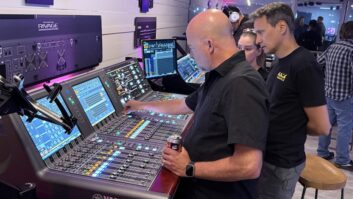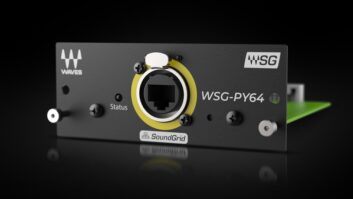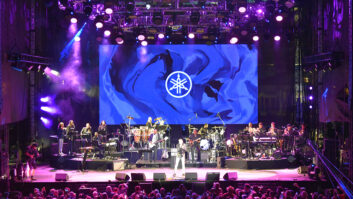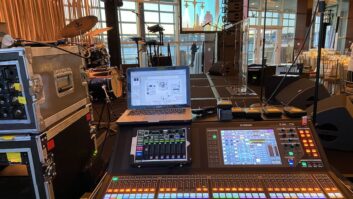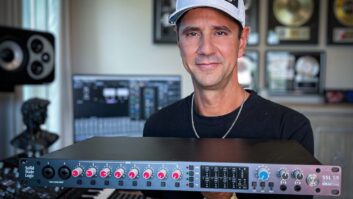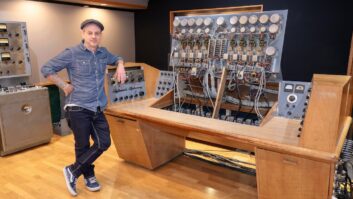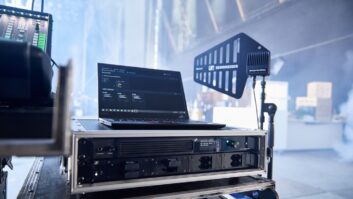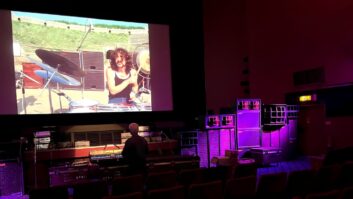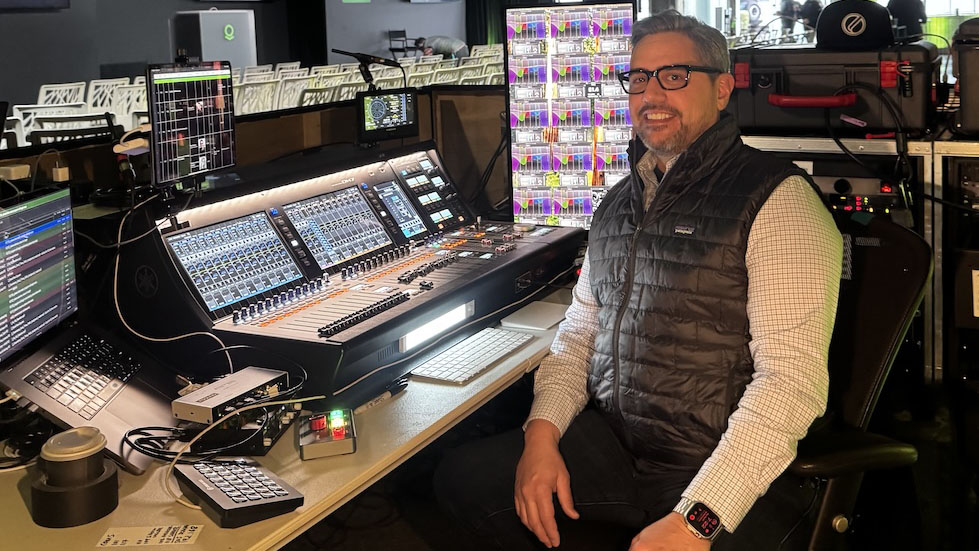
San Francisco, CA (July 25, 2025)—Corporate events may play to select audiences, but the stakes are often incredibly high, requiring every presentation come off flawlessly. It’s not for the weak of heart; just ask Brian Frost, a FOH and Broadcast mixer based in the SF Bay Area who has become a prominent figure in the region’s corporate audio sector.
It’s one thing to build a reputation in the field, and another to maintain it. That often requires not merely pulling off perfect events, but also staying on top of new technologies and products, as sooner or later they’ll need to be integrated into one’s workflow. Making that kind of change comes with risk, but that’s what Frost faced last year when he had to switch away from using the familiar Yamaha CL5 consoles he’d been using for more than a decade.
Frost’s colleague, Jay Clark, principal at Kinetic Audio Technology (KAT), offered to let him use their newly acquired Yamaha DM7-EX at a gig in July, 2024—and Frost was understandably wary.
Frost recalls, “My first thought was ‘I don’t know.’ I was producing this event and mixing it and overseeing it and wasn’t sure I wanted to add another layer of complexity of learning a whole new console on top of it.” Despite his initial reservations, however, he decided to give DM7 a try, encouraged by Clark’s assurance and support.
The transition proved to be smoother than expected. Frost found DM7’s interface intuitive and user-friendly. “Within maybe a minute or two at most for every single thing I was trying to find, it just instinctively came,” he noted.
Mixing technology at Yamaha had advanced considerably since Frost first began using CL5 desks, and the differences were readily apparent. The new desk’s dual screens and increased channel capacity made a difference, he found. The DM7 supports up to 120 input channels and 60 mix buses, compared to CL5’s 72 input channels and 32 mix buses, which allowed him to handle more complex setups without compromising on channel availability.
Shinedown Turns It Up on Dance, Kid, Dance Tour
Similarly, the DM7 operates at 96 kHz while the CL5 was still at 48 kHz. Frost noted, “Running everything at 96K allowed me to push the technology to the edge and achieve the best audio quality possible.”
The DM7’s dual 12-inch touch screens provided more information at a glance—which was crucial since the desk offers more processing power and advanced routing options. The desk’s Dante integration let Frost handle high channel counts and provide flexible routing options for events. For example, during Hyland’s annual Kick Off, Frost managed a complex audio setup involving 20 microphones, playback devices and DSP units. Using Dante, he integrated all those components across multiple networks, ensuring high-quality audio transmission. “We had Axient Digital mics; we ran those Dante at 96k. We also had some Lake LM44 Dante-enabled DSP drives for the speaker system. Those were at 96k too.”
Discover more great stories—get a free Mix SmartBrief subscription!
Another time, at a large-scale keynote event with over 10,000 attendees, Frost utilized Dante’s flexible routing capabilities to manage audio distribution across various zones, including the main hall, breakout rooms and backstage areas. “I like to have a lot of matrices,” he said. “That’s how I tend to mix, and eight was always really restricting for me. So going to the DM7 now, having 12, I thought was a great step up.”
Having now taken on multiple high-profile product launches and corporate keynotes with the DM7, its safe to say the transition to the new console is complete.
